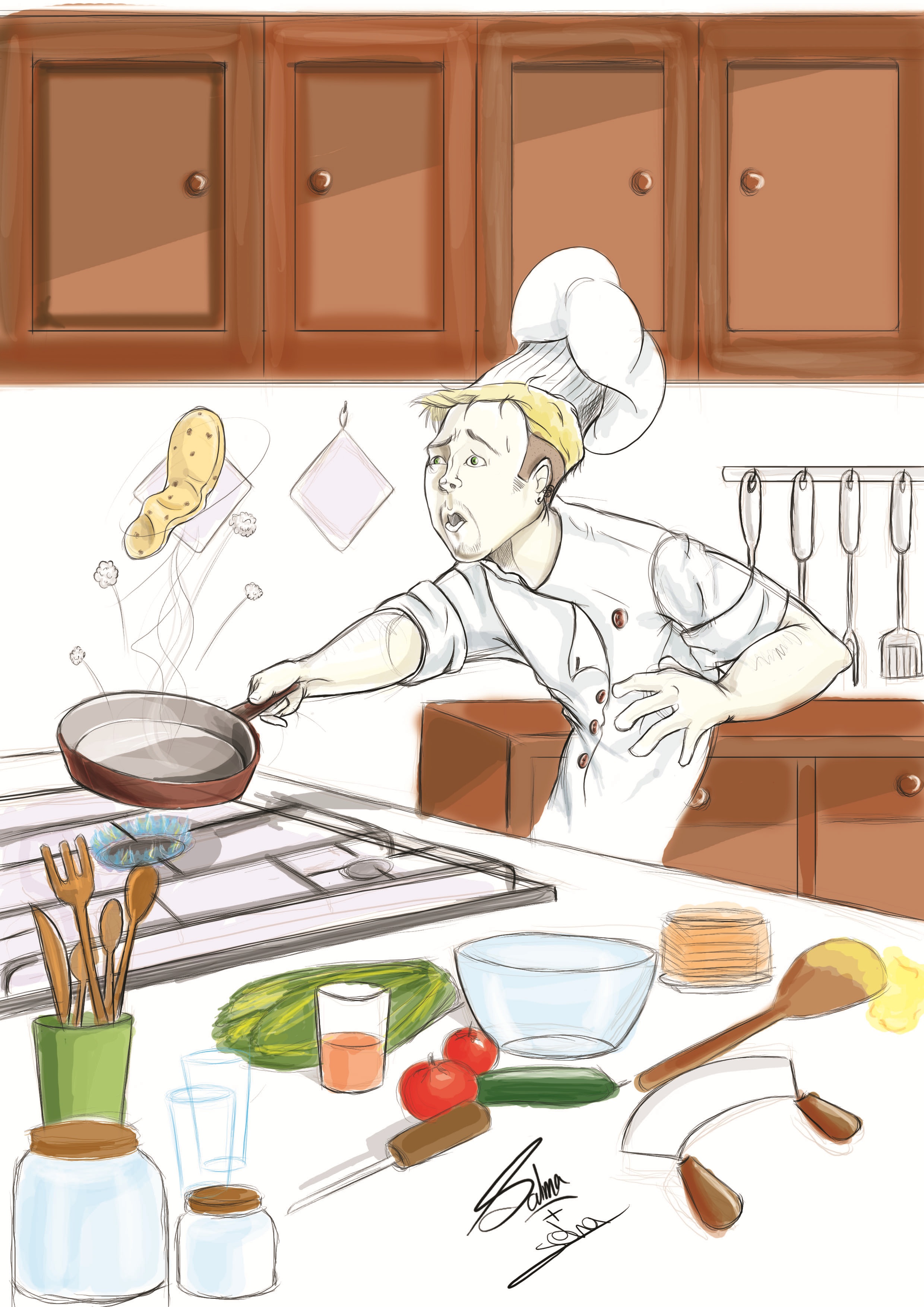For the first time in years, “Al-Mouled Al-Nabawy” (the Birth of Prophet Mohammed), falls on the 12th day of the third month of the Islamic calendar, Rabi’i Al-Awal, and coincides with Christmas on the same day. Both Muslims and Christians are celebrating the birth of their holidays in the same week.
For the second time in the same solar year, Al-Mouled El-Nabawy took place, since it was also celebrated on 3 January 2015. Christmas eve will fall on a full moon for the first time in 38 years, according to National Research Institution of Astronomy and Geophysics (NRIAG).
The mix of the lights of decorated trees and the scent of “Halawet El-Mouled”, sweets usually sold at Muslims celebrations, is unique and cheerful. The combination of Christmas spirit along with Al-Mouled celebrations is an occasion only experienced in Egypt.
Al-Mouled is a traditional festival, in which people gather for entertainment. While celebrations differ among Muslims around the world, the birth date of the Prophet is a national holiday in Egypt. Weeks before the event, stores begin selling “Halawet Al-Mouled”, Middle Eastern sweets usually made from different types of nuts and honey.
The sight of Christmas cookies and candy canes beside Halawet Al-Mouled in pastry shops is common these days, with both Muslims and Christians buying both types of sweets has become the norm.
Halawet Al-Mouled sweets are made with large amounts of sugar, and are known to be extremely sticky. They are definitely not for those watching their figures, because they also contain large assortments of nuts.
The most popular among the special sweets is “malban”, which is similar to Turkish delight. It is made of starch, sugar, and water, and is usually stuffed with walnuts and dusted with powdered sugar.
Other sweets include small squares of roasted nuts held together by sugar syrup. After the nuts are spread on trays and left to dry, they are cut into smaller sizes.
Moreover, typical to Egypt is another form of celebration, which is “Arouset Al-Mouled” (Al-Mouled Doll), which is a bride-shaped doll sold to children in different sizes and shapes. Recently, shops began selling sweets and biscuits shaped as Arouset Al-Mouled.
These celebrations date back to the Fatimid era, when the ruling families usually organised large feasts for the needy and usually distributed large amounts of Halawet Al-Mouled sweets. Arouset El-Mouled was said to be sold to encourage youths to get married on that day, so the streets were filled with brides and happiness. Artists used to document this through the dolls, which reflected the spirit of happiness and excitement.
Another legend recounts that the sixth Fatimid caliph, Al-Hakim Bi Amr Allah, loved one of his wives so much that he took her on a tour of the town to celebrate Al-Mouled Al-Nabawy. When she appeared to the public in the carriage with him with her crown, people were so fascinated that one of the confectioners made the dessert shaped like a bride to portray her beauty.
As for religious celebrations, Sufi circles take to the streets near Al-Hussein Mosque, where it is believed that the grandson of the Prophet is buried, and sing religious chants.
Photos by Asmaa Gamal and Ahmed Hendawy












